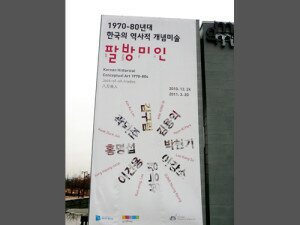Visual, literary, and performing arts of China, Korea, and Japan. Painting and calligraphy are considered the only true fine arts in China because they alone require no physical labour and have no physical function. Sculpture is considered to be a craft, as are bronze casting, carving, and the making of pottery, textiles, metalwork, and lacquerware. Chinese architecture is characterized by timber buildings, and a building typically consists of a platform, a post-and-lintel frame, a system of roof-supporting brackets, and a heavy, sloping roof. Japanese visual arts have been strongly influenced by three elements: Chinese visual arts, indigenous themes and traditions, and Buddhist iconography.
The Horyu Temple (7th century) initiated the distinctive Japanese architectural approach: asymmetrical layouts following the contours of the land. Japanese artists’ fascination with abstraction from nature is most notable in screen and panel paintings of the 16th–18th centuries and the polychrome woodcut, which evolved into the popular ukiyo-e print. Among the remarkable features of Korean art might be noted the use of stone in architecture and sculpture and the development of an outstanding celadon glaze.
Chinese literature has the longest continuous history of any literature in the world (more than 3,000 years). It is inextricably bound to the development of the characters of the written language it has shared with both Korea and Japan. Korean literature includes an oral tradition of ballads, legends, mask plays, puppet-show texts, and p’ansori (“story singing”) texts and a strong written tradition of poetry (notably hyangga and sijoforms).
Like Korean literature, Japanese literature owes a debt to Chinese, since neither country had its own written language (though Japanese syllabary systems emerged about 1000, and Korean Hangul was developed in the 15th century). The earliest Japanese literature dates to the 7th century; in addition to its several literary monuments such as The Tale of Genji, Japanese poetry (particularly in the haiku form) is known throughout the world for its exquisite delicacy. Despite a different basis for its establishment, the East Asian music system, like Western music, developed a pentatonic scale based on a 12-tone vocabulary.
The preferred size of the East Asian ensemble is small, and compositions emphasize melody and rhythm over harmonics. In the related categories of East Asian dance and theatre, it is noteworthy that in the East Asian countries, music, dance, and drama are typically linked, and there is little evidence of separate evolution of form.
The several forms of East Asian performing arts include both masked and unmasked dances, masked dance theatre (as in Japanese no and Korean sandae), danced processionals, dance opera (jingxi, or “Peking,” and other forms of Chinese opera), shadow theatre, puppet theatre, and dialogue plays with music and dance (e.g., Japanese kabuki). See also Fujiwara style; ikebana; Jogan style paper folding; scroll painting; shinden-zukuri; shoin-zukuri;sukiya style; Tempyo style; Tori style; as well as individual artists such as Basho; Bo Juyi; Du Fu; Hiroshige Ando; Lu Xun; Murasaki Shikibu.
Resource: East Asian Arts










 GoodReads
GoodReads